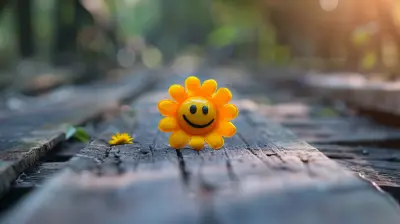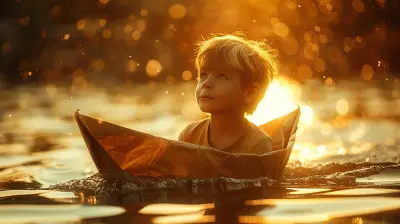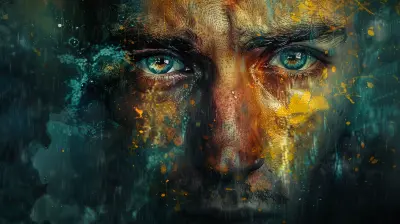Attachment and Grief: How Loss Affects Our Bonds
9 June 2025
Life throws a lot at us—joy, love, pain, and, yes, loss. And when we go through loss, something deeper happens under the surface. We don’t just grieve the person or thing we lost—we grieve the connection. The bond. That invisible thread we felt tied us to someone else.
Welcome to the world of attachment and grief. These two psychological forces are tightly woven together, dancing in complex ways when we face separation, death, or emotional distance.
In this article, we’ll unpack how attachment styles affect how we grieve, why some losses cut deeper than others, and what this means for healing and rebuilding relationships. Ready to dive in?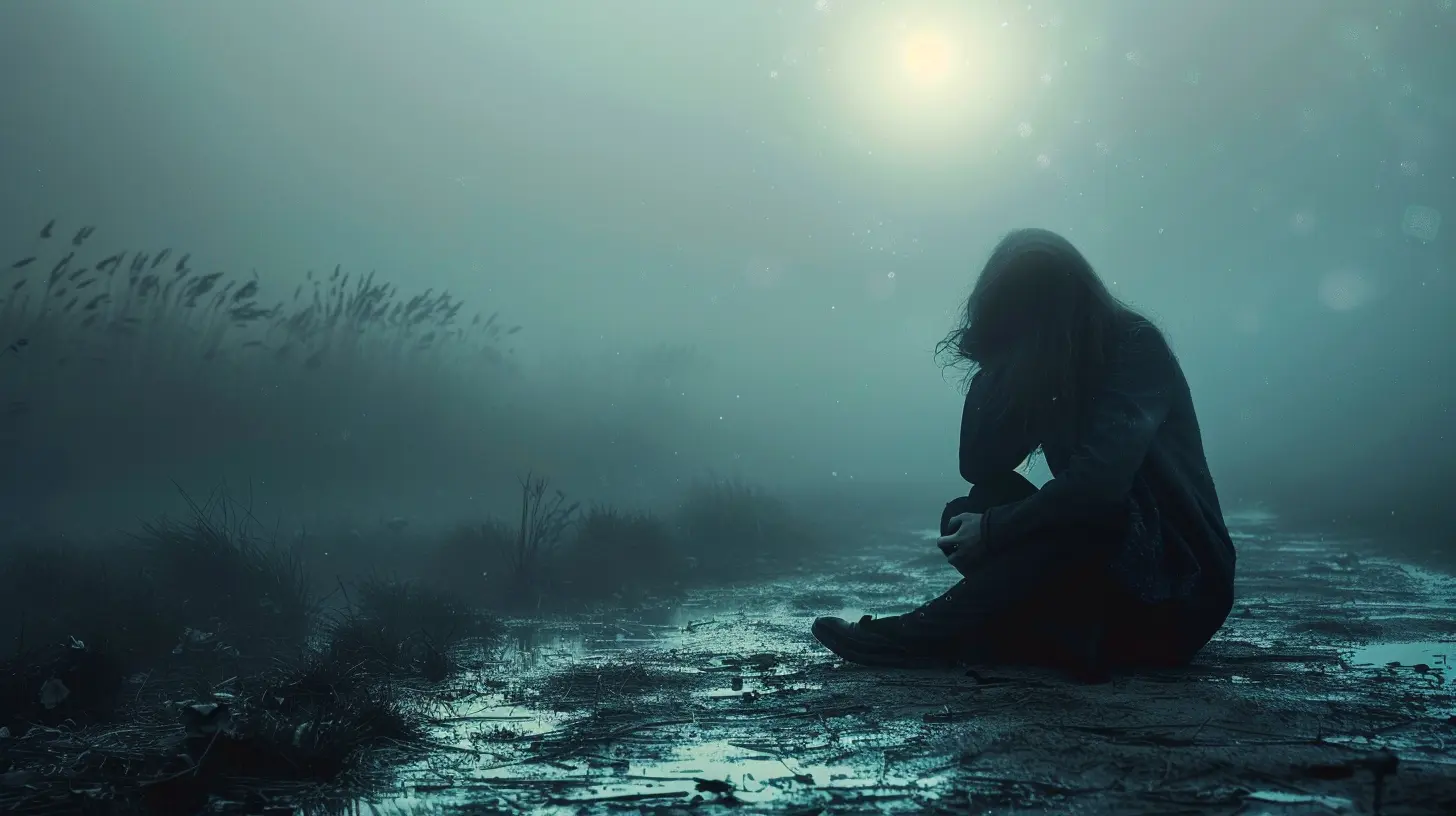
Why Attachment Matters in Grief
Let’s start with the basics—what’s attachment all about?Psychologist John Bowlby, who’s kind of the godfather of attachment theory, described attachment as the deep emotional bond we form with our caregivers early in life. These early relationships shape how we connect with others for the rest of our lives.
Now, grief happens when that attachment—an emotional lifeline—gets ripped away. You see, grief isn’t just sadness. It’s the psychological pain of an emotional bond being disrupted. That’s why grief feels so physical, so overwhelming—it goes straight to the core of how we connect with the world.
So when we talk about grief, we’re really talking about attachment injuries. That’s a big deal.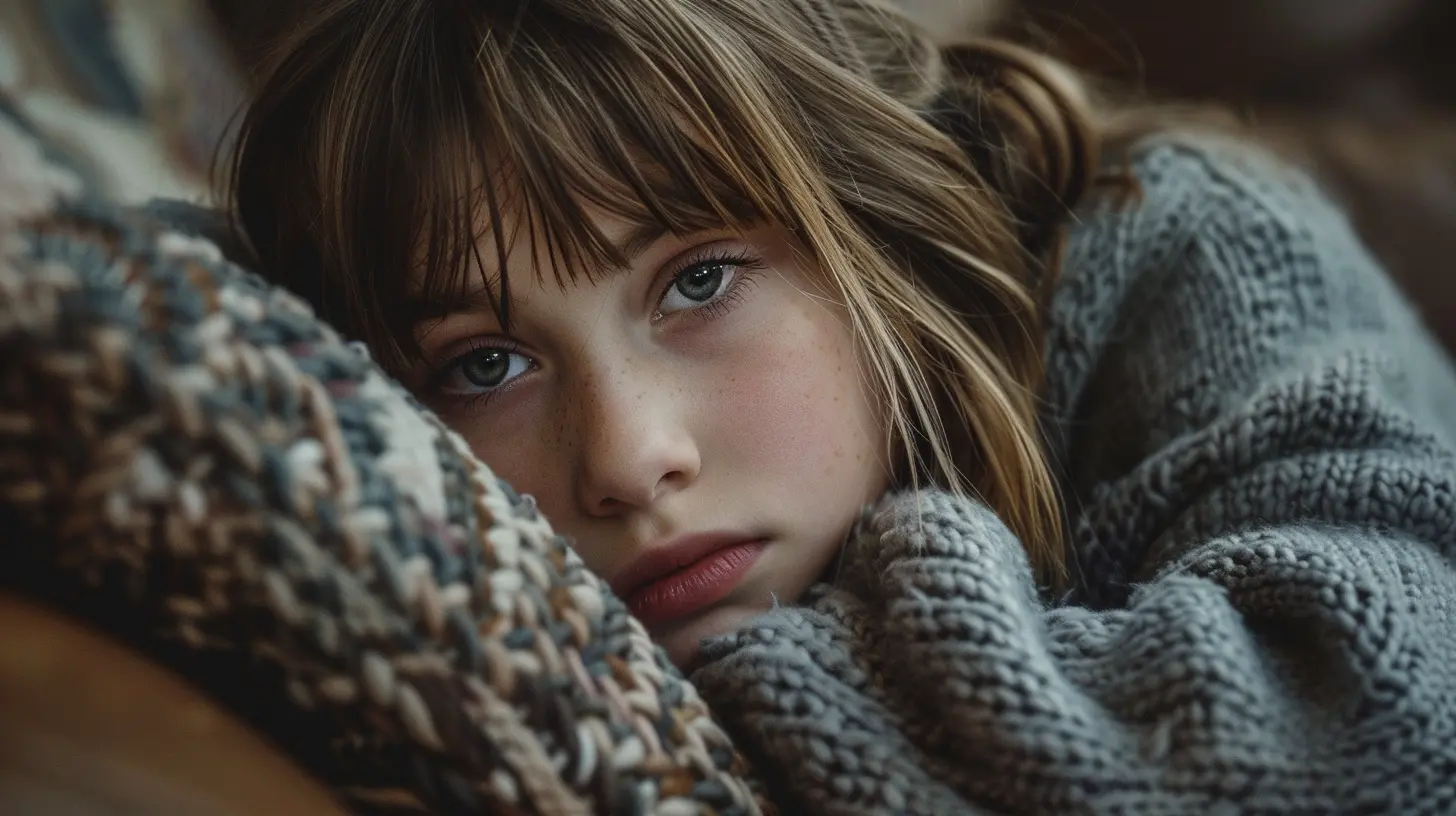
The Four Attachment Styles and Their Role in Grief
Not everyone grieves the same way. And a lot of that has to do with attachment styles. These styles develop in childhood but show up big time in adult relationships—and in how we deal with loss.Let’s break them down.
1. Secure Attachment
People with secure attachment tend to have had consistent, supportive caregivers. As adults, they’re comfortable with closeness but also okay on their own.How they grieve: They’re more likely to express emotions, seek support, and cope in healthy ways. Sure, they’ll feel pain, but they also trust that they can heal and reconnect again. Their grief looks like waves—painful, but gradually fading with time.
2. Anxious Attachment
These folks tend to fear abandonment and crave closeness. Their caregivers were inconsistent—sometimes loving, sometimes not.How they grieve: Oh boy—grief can hit them like a hurricane. They may ruminate, cling to memories, or feel devastated by the idea of being “alone.” They might even idealize the person they lost, making it hard to move on.
3. Avoidant Attachment
People with avoidant attachment often had distant or emotionally unavailable caregivers. They learn to rely on themselves—and not to expect much from others.How they grieve: They might act like they’re fine, distract themselves, or even seem cold. But underneath, grief is still brewing. They just don’t trust others with their pain, so they bottle it up.
4. Disorganized Attachment
This one's the trickiest. Disorganized attachment often stems from trauma or abuse in childhood. These folks want connection but fear it at the same time.How they grieve: Their grief may be chaotic—intense emotions, confusion, sometimes numbness. They might swing between wanting closeness and pushing others away. Healing can be especially complicated here.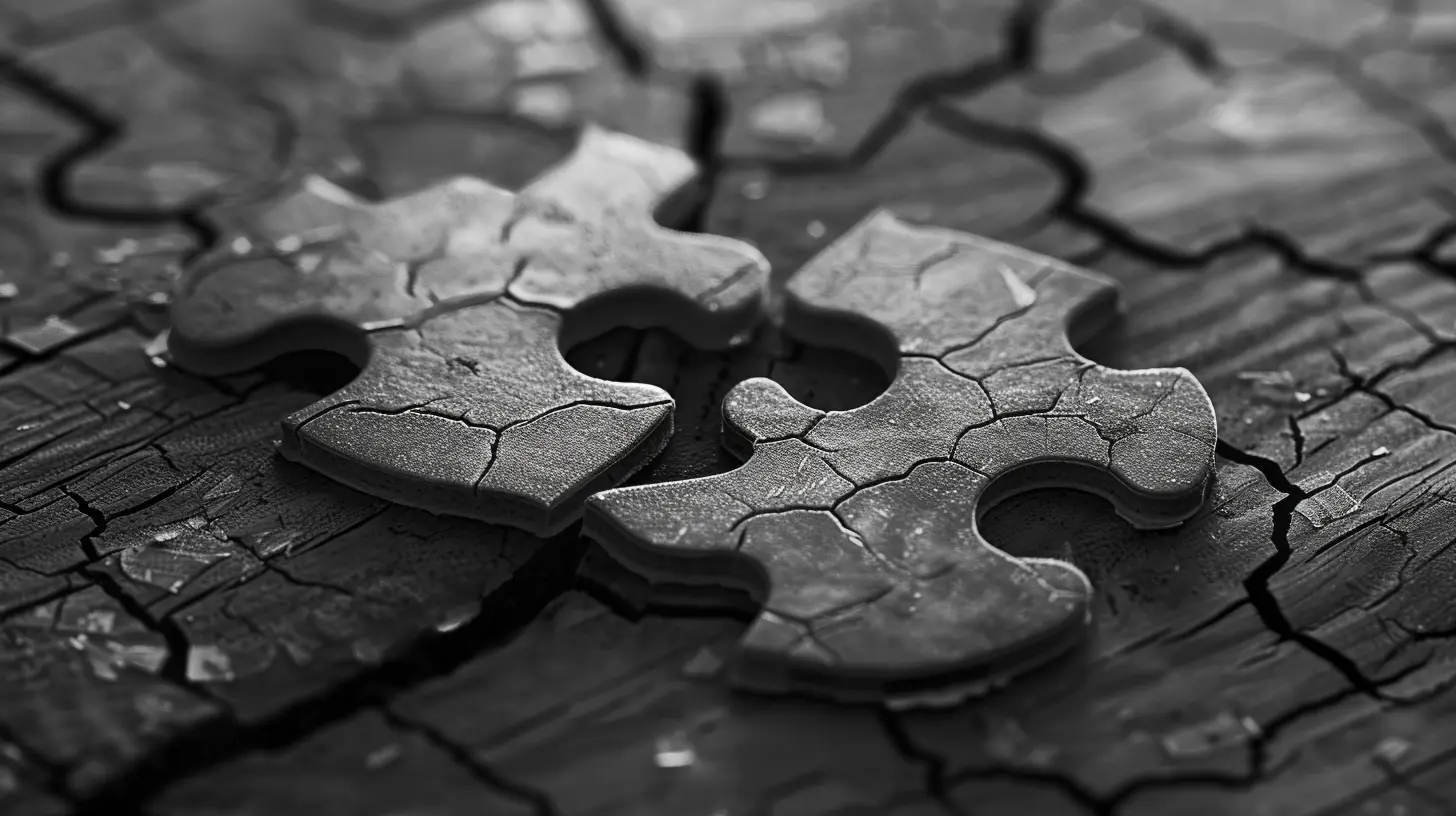
Why Some Losses Hurt More Than Others
Ever notice how one loss can completely wreck someone, while another person barely flinches over a similar situation? It's not about strength or weakness—it’s about the bond.Here’s the thing: not all attachments are created equal.
The Stronger the Bond, the Deeper the Grief
Think about your strongest emotional connection. Maybe it's a parent, a partner, or a best friend. Now imagine losing them. That raw, deep ache you just felt? That’s the grief born from deep attachment.Depth matters. The more central someone was to your identity or daily life, the harder it hits when they’re gone.
Loss Isn’t Just Death
Grief doesn’t only show up when someone dies. It can be triggered by:- A breakup
- Estrangement from family
- A friend ghosting you
- Losing a pet
- Moving away from home
- Even losing a job or a dream
Attachment doesn’t care about labels. If it was important, it’ll hurt when it’s gone.
Grief Is A Rollercoaster: The Emotional Journey of Loss
You’ve probably heard of the five stages of grief: denial, anger, bargaining, depression, and acceptance. But real-life grief? It’s messier. It loops. It doubles back.It looks more like a rollercoaster than a straight line.
Sometimes you're fine. Then a song, a smell, or an old photo hits you—and bam, you're back to square one. That’s normal. Because grief isn’t a task to complete; it’s an experience to live through.
Let’s be real—it never truly goes away. But it changes shape. It becomes lighter, less raw. You carry it differently.
How Childhood Attachment Shapes Adult Grief
We said earlier that attachment starts in childhood. But how exactly does that early blueprint affect the way we grieve later in life?Here’s a simple way to think about it:
> If you grew up trusting that people are reliable and safe, you’ll likely feel that pain doesn’t mean abandonment.
On the flip side:
> If your early experiences taught you that love is conditional or unreliable, then loss can feel like a confirmation of all your worst fears.
It’s not just psychological—it’s biological. The brain gets wired for certain expectations. So when grief shows up, your nervous system reacts based on what it knows.
This is why healing from grief sometimes means healing from your past, too.
Coping With Loss: Attachment-Informed Strategies
Let’s talk solutions. Because grief can feel like drowning—but there are lifelines. Knowing your attachment style can help you build a roadmap for coping.If You Have a Secure Attachment Style...
- Don’t be afraid to lean on others. You’re already good at this.- Journaling or talking about your feelings helps process the pain.
- Honor the bond rather than trying to erase it.
If You Have an Anxious Attachment Style...
- Watch for rumination. It’s easy to spiral into “what-ifs” and regrets.- Try grounding techniques to handle emotional overwhelm.
- Stay socially connected—but watch for codependency.
If You Have an Avoidant Attachment Style...
- Don’t bottle it up. Your grief deserves space.- Express your feelings, even if it’s just in private (write, draw, scream into a pillow—no judgment).
- Consider therapy to explore those walls you may have built.
If You Have a Disorganized Attachment Style...
- Seek trauma-informed care. You've got layers of pain to untangle.- Practice self-compassion. It’s okay to struggle.
- Mindfulness or somatic therapy can help regulate your nervous system.
No matter your style—support is out there.
Grief and New Attachments: Can We Bond Again?
A big fear after a deep loss? “Will I ever connect like that again?”The short answer: Yes.
But here’s the twist—it won’t be the same. And that’s okay. New bonds aren’t replacements; they’re expansions. They don’t erase what you lost—they honor it by reminding you that love is still possible.
Grief teaches us that love is risky. Loss is inevitable. But it also reminds us that connection is worth it anyway.
When Grief Becomes Complicated
Most people move through grief gradually, at their own pace. But for some, grief becomes stuck—like emotional quicksand. This is known as complicated grief or prolonged grief disorder.Watch for signs like:
- Intense yearning that doesn’t ease over months
- Constant preoccupation with the deceased
- Inability to function or feel joy
If you’re in this place, please know—you’re not broken. You just need more support. Therapy, especially attachment-based or grief-focused therapy, can help you find your way back to yourself.
Final Thoughts: Healing Is a Bond, Too
Attachment and grief are two sides of the same emotional coin. One gives our life meaning; the other shows us what happens when that meaning is disrupted.But here’s the beautiful part—you can form new attachments, even after the deepest losses. You can grow. You can find peace.
Grief is a sign that love existed. And that’s something sacred.
So give yourself time. Be gentle. Reach out. Because healing? It doesn’t happen in isolation—it happens in connection.
all images in this post were generated using AI tools
Category:
Attachment TheoryAuthor:

Paulina Sanders
Discussion
rate this article
3 comments
Erica McAlister
Loss can be profoundly painful, but understanding our attachments can lead to healing. Embracing our emotions strengthens our bonds and fosters resilience. Remember, it's okay to grieve and grow—each step brings us closer to peace.
June 21, 2025 at 4:17 AM

Paulina Sanders
Thank you for highlighting the importance of understanding our attachments in the grieving process. Embracing our emotions is indeed a vital step toward healing and resilience.
Jane Palmer
This article insightfully highlights how attachment styles shape our grief responses, emphasizing the need for personalized support.
June 9, 2025 at 4:33 PM

Paulina Sanders
Thank you for your thoughtful comment! I'm glad you found the connection between attachment styles and grief responses impactful. Your insight on the need for personalized support is crucial.
Davina Clarke
Grief reveals bonds; embrace the beautiful mess!
June 9, 2025 at 3:18 AM

Paulina Sanders
Thank you! Absolutely, grief can deepen our connections and highlight the beauty in our shared experiences. Embracing the mess can lead to healing and stronger bonds.
